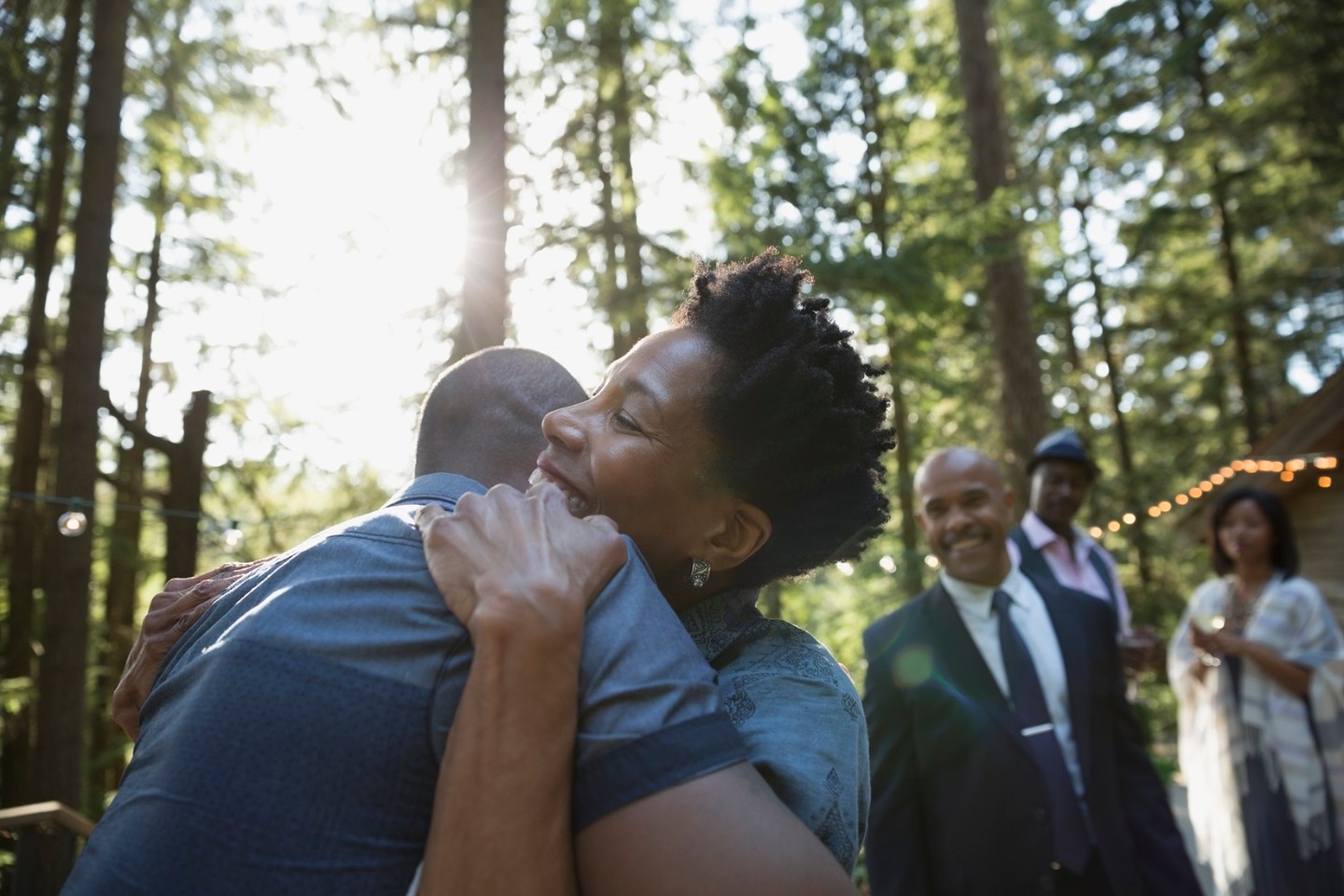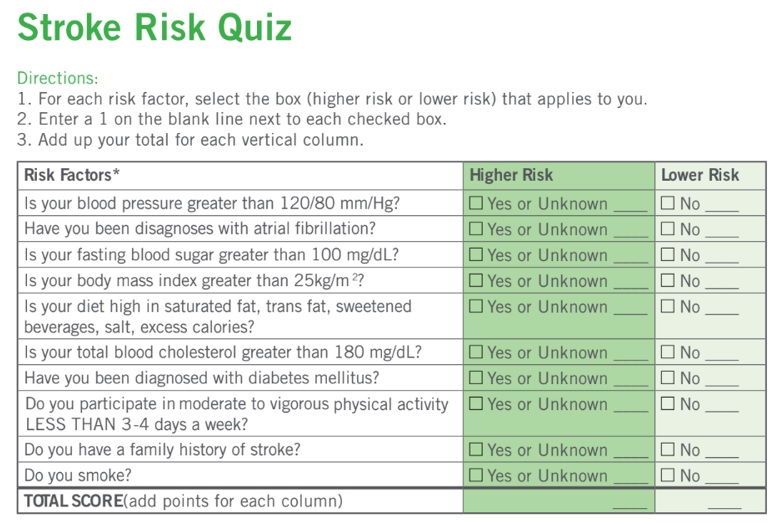
Tips for Preventing Stroke and Seeking Help if it Occurs
May is Stroke Awareness Month, and in recognition, the Stroke Center at Virginia Mason Franciscan Health is sharing information about stroke, including preventative tips, what to do if you or a loved one have a stroke, and services VMFH provides to patients across the region.
According to the Centers for Disease Control and Prevention (CDC), stroke is a leading cause of death for Americans and also the leading cause of adult disability. Every 40 seconds, someone in the United States has a stroke.
What is a stroke?
There are different types of strokes, but the vast majority are ischemic strokes. Referred to as a “brain attack,” ischemic strokes occur when there is a blockage in the arteries leading to the brain. Hemorrhagic strokes are less common and occur when a weakened vessel ruptures and bleeds in the brain.
Can stroke be prevented?
Certain individuals are more at risk for stroke. High blood pressure, high cholesterol, smoking, obesity, and diabetes increase a person’s risk for having a stroke. Race and ethnicity, family history and age also play a role. Black adults are nearly twice as likely to have a stroke compared to white adults.
“High blood pressure is the number one preventable cause of stroke in the U.S.,” said Josh Snavely, DNP, ARNP, who is the Stroke Program chair at VMFH. “Tobacco use, vaping, and frequent, excessive alcohol intake can also increase your risk for stroke.”
VMFH has created a scorecard to help patients evaluate their potential risk of stroke.

Did you know 80% of strokes are preventable?
Incorporating small changes to diet and lifestyle can make a big difference in reducing stroke risk:
- Reach for fresh fruits and vegetables over processed and fried foods
- Cut back on red meat and swap in lean meats, like chicken or fish
- Limit foods that are high in sodium
- Limit alcohol intake
- Exercise regularly–at least 30 minutes, three times a week
- Don’t smoke or vape
What are the signs and symptoms?
BE FAST is an easy way to remember signs of stroke and what to do if you or someone around you experiences a stroke. The acronym stands for:
- Balance, coordination loss or dizziness
- Eye, vision changes or vision loss
- Facial drooping
- Arm that drifts or won’t lift
- Slurring or difficulty speaking
- Time to call 911 (also, note the time the symptoms start so you can tell the paramedic)
“Stroke symptoms show up suddenly,” said Anna Moore, Stroke Program manager. “Patients will experience sudden balance issues, vision changes, facial droop, weakness to one side of the body, and/or speech changes.”
What do you do if you have a stroke?
Stroke symptoms can be severe or subtle.
“Stroke is usually painless. It’s important to seek help immediately,” said Snavely. “There is a very limited window from the time of symptom onset when we can treat someone to hopefully reduce or even reverse stroke related disabilities. At the first sign of stroke, the clock immediately begins ticking–and every second counts. ”
Call 911 immediately. It is extremely important not to drive yourself to the Emergency Department, even if you are nearby or symptoms seem to go away after just a few minutes.
“By calling 911, you get directly to a provider and rapid neuroimaging immediately upon arrival to the ED to determine if you're eligible for treatment to help reduce any long-term stroke disability,” said Moore.
According to the CDC, people who arrive at the emergency room within 3 hours of their first symptoms often have less disability 3 months after a stroke than those who received delayed care.
VMFH is nationally recognized for stroke care, and is equipped with advanced diagnostics, treatments, technology and accredited rehabilitation facilities.
Virginia Mason Medical Center (VMMC) utilizes image-based artificial intelligence (AI) to analyze imaging and diagnose stroke quickly. When time is brain, seconds count, and the use of AI can scan and alert the stroke team within minutes to a clot.
Dr. Robert Ryan, a neurosurgeon at VMMC, says utilizing these types of technology helps diagnose patients faster, ultimately improving outcomes. The program can rapidly assess a computed tomography (CT) scan, which is a diagnostic tool used to identify stroke.
“It takes a team,” he said. “Employing these technologies leads to better outcomes. We can find the stroke and get our patients the care they need faster. We know that with stroke, time is brain. Faster identification is very important–and our times to treatment are very fast.”